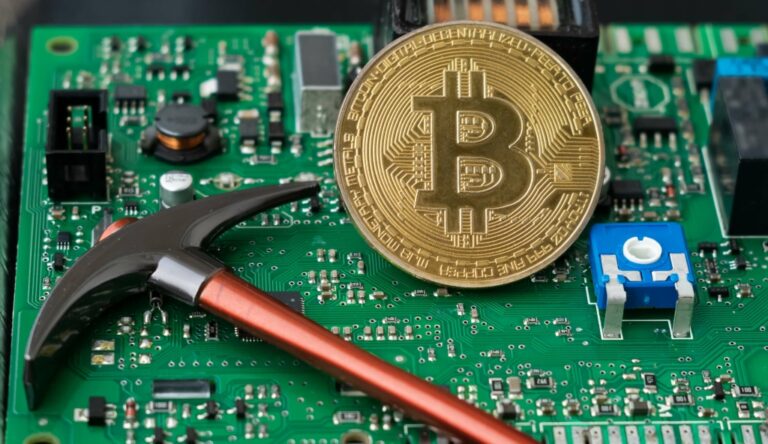
Nevertheless, Fantom remains an elite-level smart contract platform that has infinite potential if it can do all that it claims. Cheap transaction fees and one-second finality are a heady combination that could, and perhaps should, turn the head of any dApp developer or user. A portion of the FTM supply is reserved for staking rewards, while the FTM token is present across several blockchains. Thanks to its compatibility with Ethereum, ERC-20 standard FTM tokens are present on the Ethereum blockchain, and BEP2 FTM tokens exist on the Binance Chain as well.
Is It Possible to Buy FTM Instantly?
The platform’s compatibility with Ethereum means that users can purchase an ERC-20 standard FTM, which is automatically converted to native FTM once received to their wallet. Another version of FTM is available on Binance Chain using its BEP2 standard. The mechanism, Lachesis, promises much higher capacity and two-second transaction finalization, along with improvements to security over traditional proof-of-stake (PoS) algorithm-based platforms. Fantom uses a proof-of-stake consensus algorithm, and just because of that, it comes in with far lower energy consumption than proof-of-work cryptocurrencies like Bitcoin. In fact, self-custody of FTM is widely accepted as a good choice because many CEX platforms don’t allow you to participate in staking and governance.
FTM Price Information
- As proof of Fantom’s flexibility, the team was able to pivot quickly and make Fantom DeFi capable.
- This means that decentralized application (dApp) developers can transfer their smart-contract-based dApps written in Solidity or Vyper from Ethereum to Fantom very easily.
- Fantom developers emphasize that the PoS mechanism is a leaderless phenomenon — there are no leaders of blocks and participants, and anyone can join (or leave) the network of nodes at a convenient moment.
- It functions as a utility token and store of value for the Fantom network.
- Decisions regarding the ecosystem are made using on-chain voting, and the voting power of a user depends on how much FTM they hold.
- Finally, aBFT networks allow for greater scalability and decentralization since there isn’t excessive communication to limit the number of participating nodes.
Moreover, the deployment of smart contracts onto a platform is normally not reversible either. This means that users can be sure that the developers can’t change the code once it’s live and their funds are locked in. Since genesis, layer 1 blockchains like Bitcoin and Ethereum have been wrestling with the ability to provide secure platforms that are decentralized but also scalable in order to ensure high performance.
When Was Fantom Launched?
This is why, with synchronous blockchains like Ethereum and Bitcoin, you may need to wait through the mining of multiple blocks before your on-chain transaction is completed. Asynchronous BFT, meanwhile, means that network nodes can confirm event blocks containing transactions without needing to depend Fantomcoin on any timing assumptions. The introduction of smart contract functionality has led many to describe ETH as an evolution of the “OG” cryptocurrency, Bitcoin, or a second-generation cryptocurrency. All transactions taking place concurrently are stored in the same block, which miners have to compete for.

While layer-2 networks circumvent the scalability trilemma by going modular, projects and Fantom and Solana are successful examples of high-performance monolithic designs. Delivering high transactions per second and low fees is certainly helping Fantom increase its acceptance in some industries and will push it closer toward enterprise adoption. Fantom is not the only project that chose DAG technology as the path to scalability.




